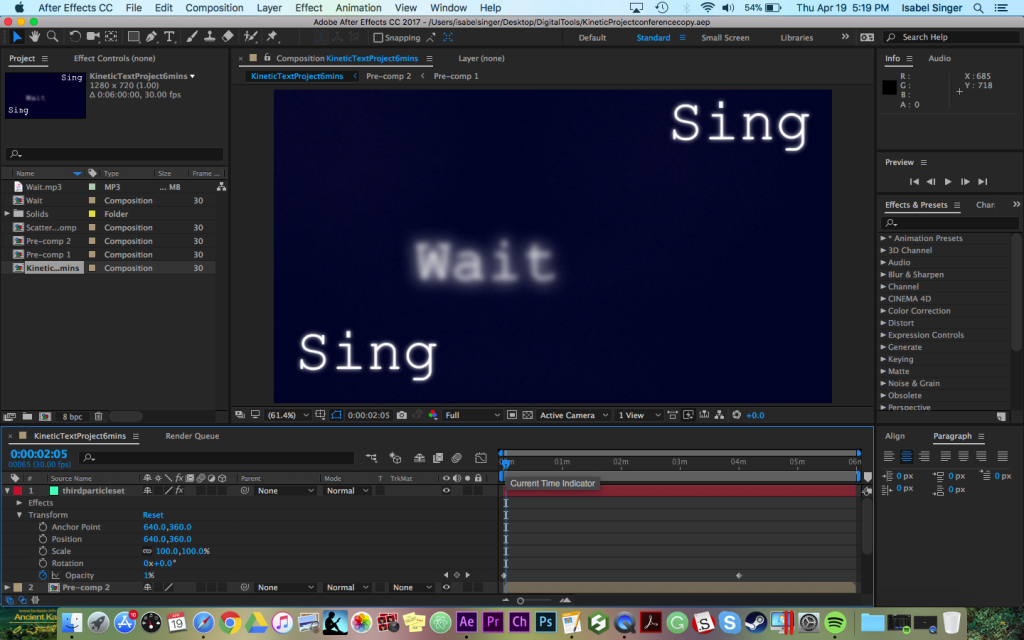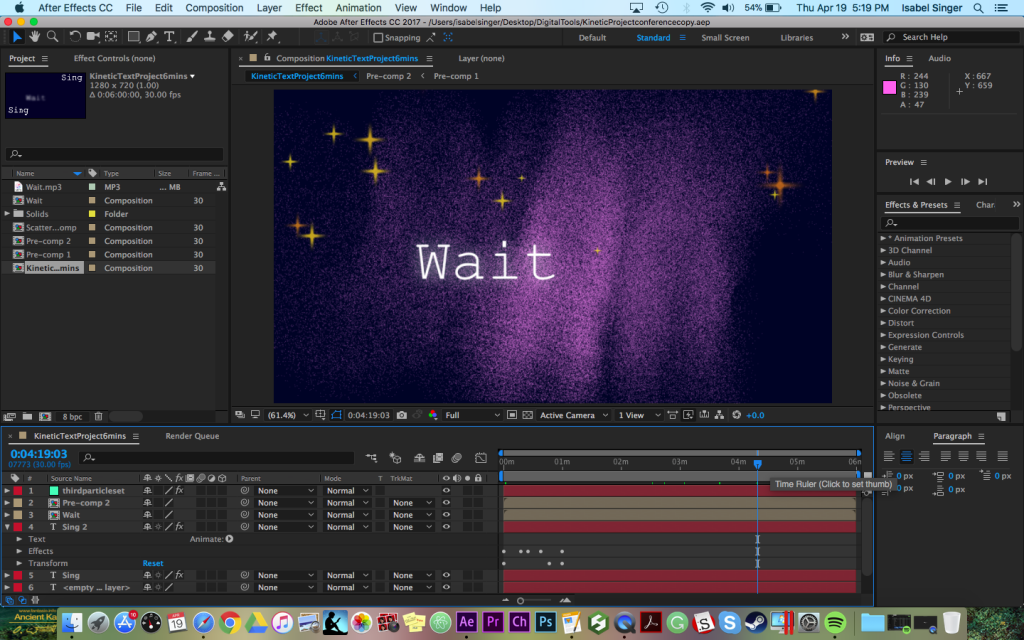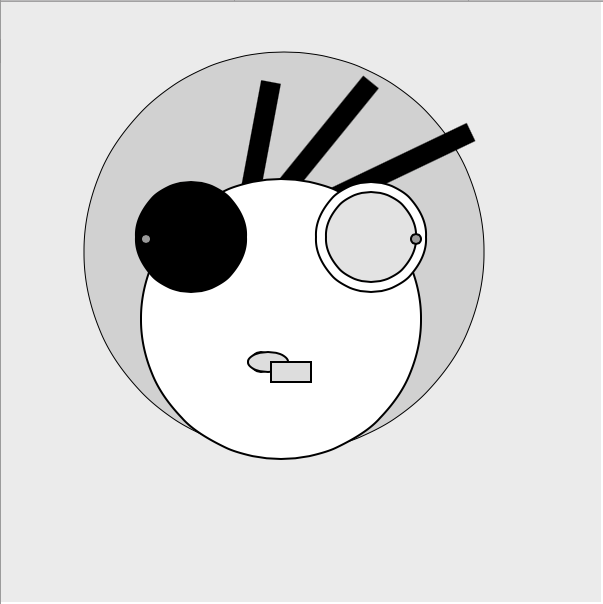Kinetic Text by Izzy Singer

The song Wait by M83 is from an experimental series of music videos that I have hardly watched. They tell a surrealist story involving industrial America, folk lore and space. I haven’t watched it in years, not since the song was featured on the ‘The Fault In Our Stars’ movie soundtrack (no matter the film movie soundtracks are goldmines for sound). At the time I saw the movie I was having trouble developing emotional attachments to pieces of art. The medication I was taking for depression/anxiety had a numbing effect that made seeing movies and hearing music frustratingly dry. This song plays at the very end of the film when the main character goes through a transformative experience which leads her and her family to accept a harsh situation. The song made the end of TFIOS into something powerful enough that I felt satisfied when I exited the theater. Powerful enough that I could feel a lot when I listened to it on repeat after I got home and 5 years later when I listen to it now.
I am on better medication now. Art effects me and the song has lost none of its beauty. So for this process I did not make any sketches. I listened to the song on repeat and kept it as simple as I could. Particle and Scatter are good for this. I slowed them down and lowered the opacity very slightly. I timed the scatter of the first two “Sings” at the beginning of the video catch the viewer’s attention in the beginning so they would be more inclined to stay on. The rest of the video is, however, fairly low-key apart from the Kaleida effects. The opacity on those were also played with. The word “Wait” which stays in place for the entire video goes in and out of focus as an additional eye-catching motion. I could not decide how fast or slow to make it and I have submitted it with uncertainty.

I created a pink particle layer and added three masks over top it to give peeks at its slow journey into a twist. I also included the words, Wait and Sing. The moving kaleidoscopic effect was the result of me applying Kaleida to a text layer that read:
Sing
Sing
Sing
I think adding those subtleties to the work helps it to match the song. There are so many layers to it and slow turns. The Kaleida adds the unexpected to ready the viewer for the end which is when the climax of the song occurs and it makes all kinds of turns. My worry for this was making it too languid. My own attention span is very short. I have to be in the right headspace to even listen to the song completely, though I enjoy it so much. However, in the end, I feel the particles and extra additions made it interesting enough.


